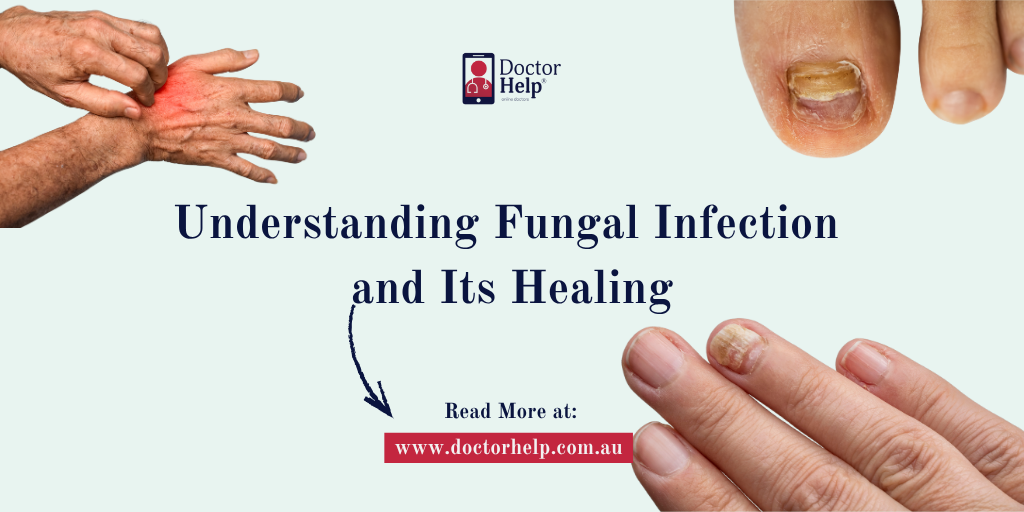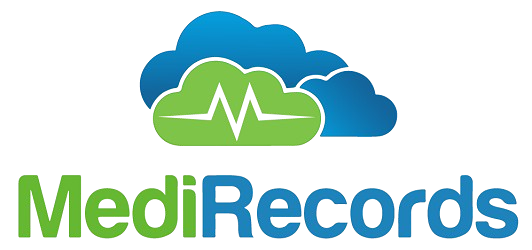Table of Contents
You do not normally think about bones. They are simply there supporting you, so that you can run with your children around the park or carry groceries up and down the stairways. However, one day you turn the wrong way or fall a bit, and something breaks. It is then you begin to hear what your bones have been trying to say to you all this time.
Such whispering, which is usually neglected, is referred to as osteoporosis.
As Healthdirect Australia points out, osteoporosis occurs when your bones start to lose their density, which makes them fragile and brittle as you grow old. It does not come with a huge trumpet. It creeps up during the years of forgotten meals or office work or the daily hustle and bustle which puts self-care on the backburner.
And all at once your skeleton, this frame which has supported your laughter and your fatigue, starts to require you again.
What Is Osteoporosis?
Imagine your bones as honeycombs; strong, structured, full of tiny spaces. With osteoporosis, those spaces grow wider, weaker. The once dense honeycomb starts to crumble.
It’s not just an “older person’s issue,” though. The Better Health Channel explains that bone loss can begin earlier than most people realise. Hormonal changes, lifestyle habits, and poor nutrition can all speed it up.
And that’s where the story turns because unlike some conditions, osteoporosis gives you a chance to rewrite your ending if you start listening soon enough.
Osteoporosis Symptoms You Might Overlook
Most people don’t feel osteoporosis coming. It’s a master of disguise. But your body leaves breadcrumbs like subtle, quiet clues:
- You feel shorter than you remember
- Your posture curves a little more each year
- Your back aches after simple chores
- A small fall leads to a big fracture
These osteoporosis symptoms aren’t just medical, they’re emotional. Losing strength in your bones can feel like losing part of your independence. But it’s also an opportunity. A wake-up call that your body still needs care, attention, and nourishment.
Osteoporosis Causes
So what actually causes bones to lose their spark? The truth is, it’s often a mix of quiet choices and invisible shifts.
Hormones play a big role. As women hit menopause, oestrogen levels drop, and that protective layer around bone health starts to thin out. Men aren’t immune either since lower testosterone can do the same.
Then there’s ageing, the gentle but unstoppable tide that slows down the body’s ability to rebuild itself. Add to that a diet low in calcium-rich foods, not enough sunlight for vitamin D, and long hours spent sitting and your bones quietly start trading strength for fragility.
Even medications, like corticosteroids, can be silent culprits. People with conditions like arthritis or thyroid disorders are also at higher risk.
But here’s the hopeful part: most osteoporosis causes are preventable or manageable with small, consistent changes.
Read: Relation Of Menopause With Bone Health In Women
Types of Osteoporosis
There’s more than one face to this condition.
- Primary osteoporosis happens naturally as we age or as hormones shift.
- Secondary osteoporosis develops from other health conditions or certain medications.
- Juvenile osteoporosis is not very common but may occur in children and teens and is normally as a result of genetic factors or nutrient imbalances.
The knowledge of which type you have to work with will determine your path towards recovery. It is not an all-purpose tale and your treatment should never seem to be either.
Osteoporosis Treatment
Here’s the thing, even brittle bones can learn to be strong again. The osteoporosis treatment is aimed at preserving the remaining and restoring the lost.
Medication: Doctors may prescribe such drugs to reduce bone loss. Others might recommend hormone therapy particularly to menopausal women. It is only part of the story with medicine.
Diet: The other part happens in your kitchen, your backyard, and your daily choices.
The calcium-rich foods, such as leafy greens, yogurt, cheese, and almonds, can be eaten to provide your bones with food internally. Vitamin D, from sunlight or supplements, helps your body absorb that calcium like a sponge soaking up rain.
Exercise: And then there’s movement. Dancing, walking, light weight training; anything that gets your bones working for you again. Exercise isn’t just physical; it’s emotional fuel. It tells your body, “I’m here. I’m still capable.”
Bone Health Is Self-Respect
Let’s be real, we often only start caring about something once it hurts. But bone health is something you nurture long before it begs for attention. Think of it as a quiet act of self-respect.
Choosing that glass of milk or that stroll in the sun is more than habit; it’s hope in motion. Every choice for a healthy bone is a promise to your future self that you’ll still be strong enough to lift, dance, and hug without fear.
And honestly, that’s what life’s about. Strength isn’t just muscle; it’s resilience, rooted deep in the structure of who you are.
Living Well with Osteoporosis
If you’ve been diagnosed with osteoporosis, it’s not a full stop. It’s just a comma in your story. Many people live fulfilling, active lives with this condition. It just takes a little more intention, a little more love for your body.
Keep regular appointments, talk openly with your doctor, and use trusted telehealth platforms to track your progress. Build routines that nourish both your bones and your confidence.
And most importantly, give yourself grace. Healing isn’t instant, it’s a steady rebuilding, one choice at a time.
Final Words
Bones don’t ask for much. They don’t scream for attention until they’re pushed too far. They just carry us through the laughter, the stress, the dreams. And when they falter, they’re only asking for a little care in return.
So, if you’ve noticed changes, maybe your back hurts more, maybe your posture feels different, maybe you just want to be proactive, don’t wait for a fracture to listen.
Your bones are the story keepers of your life. Treat them with care. Take the first step toward stronger, healthier living and book an online consultation with us.
References:
- Healthdirect Australia. (2025, July 24). Osteoporosis. Causes, Symptoms, Diagnosis and Treatments | Healthdirect.
https://www.healthdirect.gov.au/osteoporosis - Department of Health & Human Services. (n.d.). Osteoporosis. Better Health Channel. https://
www.betterhealth.vic.gov.au/health/conditionsandtreatments/osteoporosis - Musculoskeletal Australia. (2025, March 24). Osteoporosis — treatment, symptoms, & bone health. Musculoskeletal Health Australia (MHA).
https://muscha.org/osteoporosis/













